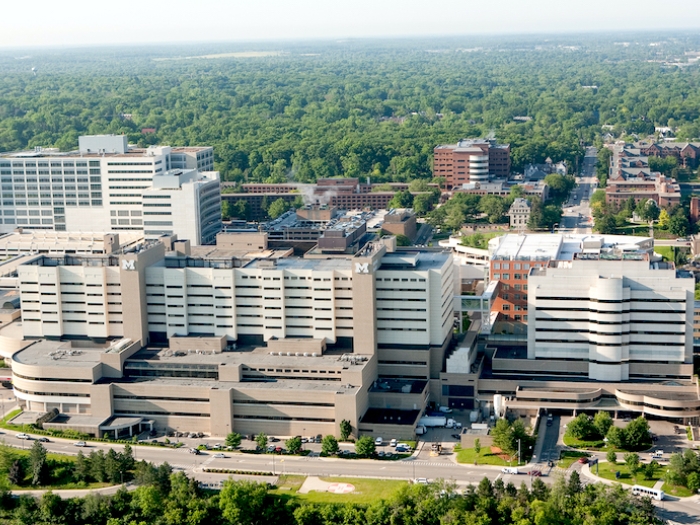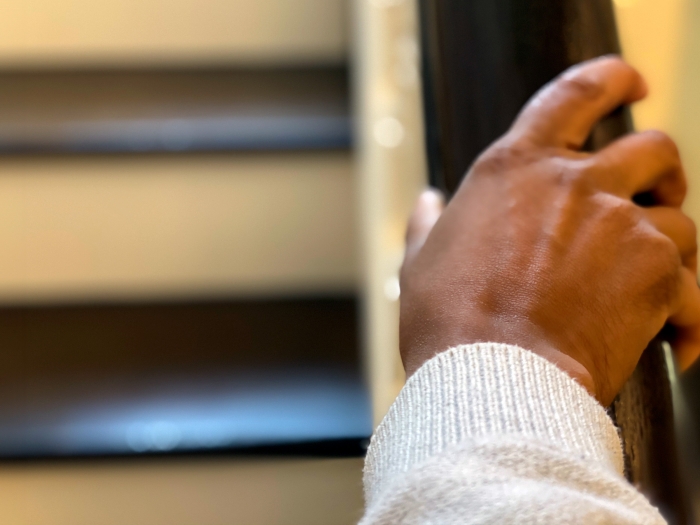In ancient Greece, people who were sick would seek the help of IASO, the goddess of cures, remedies and modes of healing. Now, University of Michigan researchers are counting on a different IASO—the Immunity Associated with SARS-CoV-2 study—to provide a path to recovery from COVID-19.
The IASO study will investigate the level and duration of protection afforded by natural infection with the coronavirus SARS-CoV-2 among U-M employees, including first responders, essential workers and anyone regularly working on campus.
Researchers hope to learn details about the level and duration of protection afforded by natural infection with the novel coronavirus, and examine immunological risk factors for infection outcome and the immune response to infection across the disease spectrum.
This will include exploring potential correlates of protection as well as examining the duration of detectable antibodies against SARS-CoV-2 following infection.
"Basically we want to answer the question of if you've had SARS-COV-2 or been exposed to before, can you get it again? And if you can get it again, what does that infection look like?" said Aubree Gordon, associate professor of epidemiology at U-M's School of Public Health, who is leading the project along with pathologist Riccardo Valdez from Michigan Medicine.
"Maybe you can get infected again, but you don't really get sick and you don't shed virus. Maybe you don't get sick but can transmit the virus. And then, of course, there's the possibility that it doesn't protect or that the protection period is limited."
The study also aims to look at correlates of protection, measurable signs that someone is immune. While typical correlates of protection against viruses are antibodies, the study will also examine T-cells, an important cell of the immune system.
Correlates of protection are important for vaccine development and production, Gordon says. They are used to evaluate whether a new vaccine will likely be effective and can help prioritize vaccine candidates. For influenza, for example, because the virus changes every year, a correlate of protection is used on a yearly basis to license the vaccine.
"Thus, it is very important that we identify correlates of protection against SARS-CoV-2 infection to aid in SARS-CoV-2 vaccine development and monitoring," Gordon said.
For the study, researchers hope to enroll 5,000 U-M workers who regularly work on campus or at U-M facilities, including health care providers and essential workers. They will be followed for at least a year. Researchers will collect a blood sample every other month to be tested for SARS-CoV-2 antibodies. Since the study will use U-M pathology labs for the main serological testing, results will be returned to participants throughout the study.
"Our clinical laboratories are excited to provide the testing and lab medicine expertise for this study aimed to help answer important outstanding questions about the durability of our immune response to COVID-19 infection," Valdez said. "The studies we performed while validating our clinical serology tests showed that people do produce antibodies against SARS-CoV-2 after infection, and this study will now provide information on the longevity of that response in a much larger cohort of individuals."
The study is funded by the National Institute of Allergy and Infectious Diseases in cooperation with the National Cancer Institute through Mount Sinai (federal contract 75N93019C00051). It also received $452,409 from the U-M Biosciences Initiative and Office of the Vice President for Research.
For more information: [email protected]

Department of Communication at Michigan Medicine





